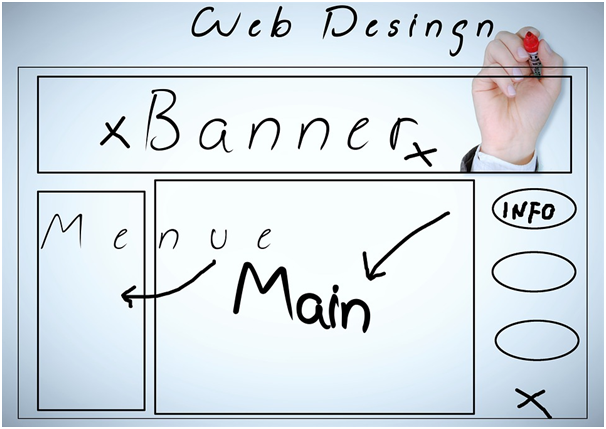It is a familiar story: a business owner decides that he needs a website to keep pace with his competitors. He calls in a team of expert web designers, gives them his brief, and they set to work creating a beautifully-designed website with state-of-the-art bells and whistles. It looks great and the client is thrilled. Mission accomplished – or so you might think.
Who is it for?
It does not matter how beautiful your website is to look at. Colours, layout, fonts and stunning graphics might appeal to you, and undoubtedly they will thrill your design team; however, unless the site attracts plenty of customers who go on to make a purchase, your stunning new website is doomed to failure.
It is all too easy to forget that what pleases the designer, and the client for that matter, is not necessarily what pleases the customer. Since the whole purpose of the website is to make your company money, a site that fails to perform, or that performs inadequately, is nothing but a waste of time and money.
A Leicester web design agency such as http://acethespace.co.uk/ will clearly understand that web design and development must always be based on what the customer – that is, the end user – needs and wants. This should be the mantra of every web design agency around the world, but sadly far too many believe that pleasing the client, and themselves, is all that matters.
What is it for?
According to an article on the Forbes website, an effective website should fulfil one of three criteria: it should establish your business credentials, serve to generate leads, or sell your goods and services.
Far too many sites are failing to do their job, usually for one of two reasons. The first is a failure to keep up to date with modern trends – just because your site performed well a few years ago, there is no reason to rest on your laurels. Technology has moved on, but a site that has failed to keep pace with digital innovations will soon fall by the wayside.
The second reason is an inclination to stuff the website with every innovation going. Including all the latest bells and whistles does not translate into better conversion rates.
The message is clear – design your website for your customers, not for yourself.


